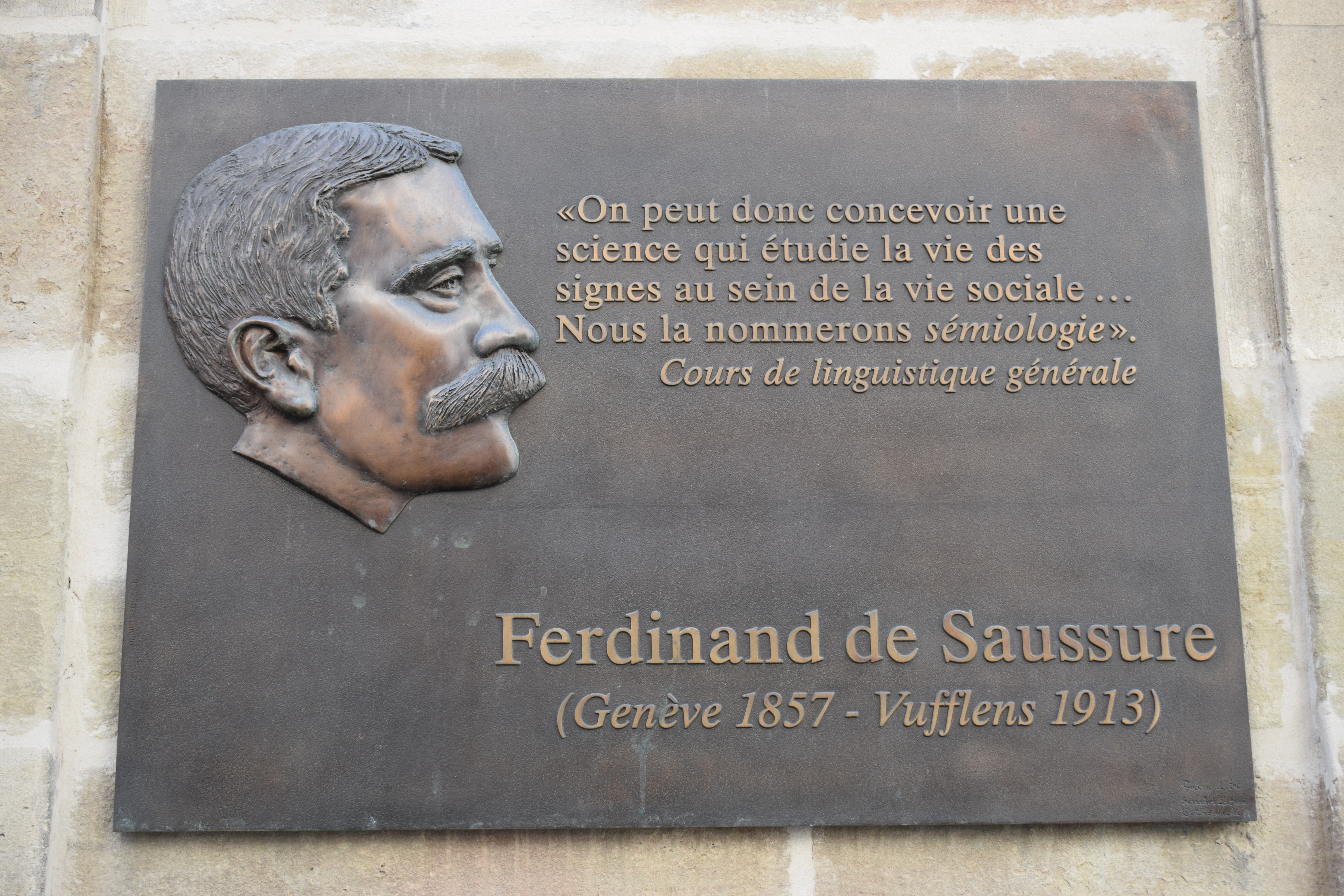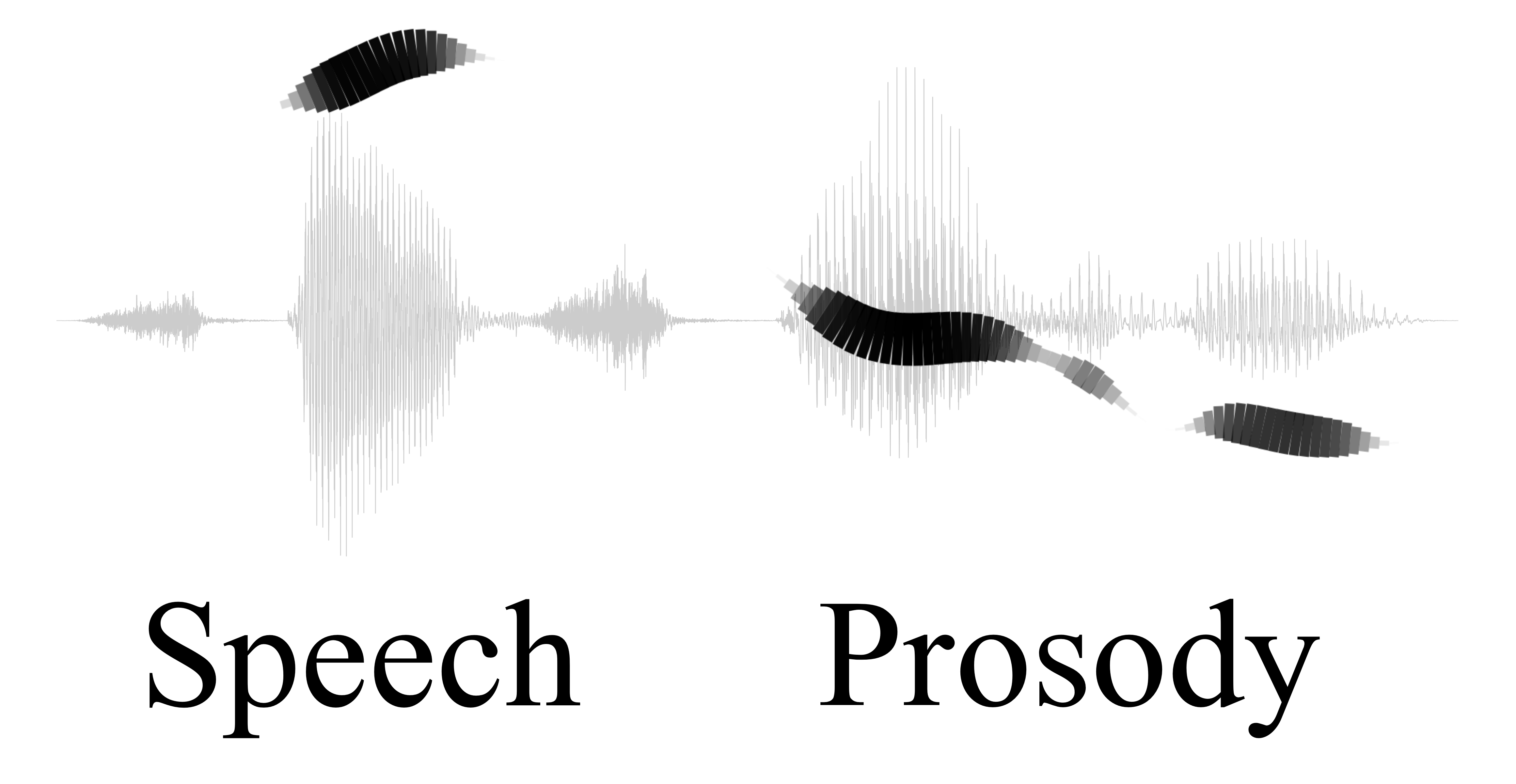|
Phonology
Phonology (formerly also phonemics or phonematics: "phonemics ''n.'' [''obsolescent''] 1. Any procedure for identifying the phonemes of a language from a corpus of data. 2. (formerly also phonematics) A former synonym for phonology, often preferred by the American Structuralists and reflecting the importance in structuralist work of phonemics in sense 1.": "phonematics ''n.'' 1. [''obsolete''] An old synonym for phonemics (sense 2).") is the branch of linguistics that studies how languages systematically organize their phonemes or, for sign languages, their constituent parts of signs. The term can also refer specifically to the sound or sign system of a particular language variety. At one time, the study of phonology related only to the study of the systems of phonemes in spoken languages, but now it may relate to any Linguistic description, linguistic analysis either: Sign languages have a phonological system equivalent to the system of sounds in spoken languages. The buil ... [...More Info...] [...Related Items...] OR: [Wikipedia] [Google] [Baidu] |
Phoneme
A phoneme () is any set of similar Phone (phonetics), speech sounds that are perceptually regarded by the speakers of a language as a single basic sound—a smallest possible Phonetics, phonetic unit—that helps distinguish one word from another. All languages contain phonemes (or the spatial-gestural equivalent in sign languages), and all spoken languages include both consonant and vowel phonemes; phonemes are primarily studied under the branch of linguistics known as phonology. Examples and notation The English words ''cell'' and ''set'' have the exact same sequence of sounds, except for being different in their final consonant sounds: thus, versus in the International Phonetic Alphabet (IPA), a writing system that can be used to represent phonemes. Since and alone distinguish certain words from others, they are each examples of phonemes of the English language. Specifically they are consonant phonemes, along with , while is a vowel phoneme. The spelling of Engli ... [...More Info...] [...Related Items...] OR: [Wikipedia] [Google] [Baidu] |
Syllable
A syllable is a basic unit of organization within a sequence of speech sounds, such as within a word, typically defined by linguists as a ''nucleus'' (most often a vowel) with optional sounds before or after that nucleus (''margins'', which are most often consonants). In phonology and studies of languages, syllables are often considered the "building blocks" of words. They can influence the rhythm of a language, its prosody, its poetic metre; properties such as stress, tone and reduplication operate on syllables and their parts. Speech can usually be divided up into a whole number of syllables: for example, the word ''ignite'' is made of two syllables: ''ig'' and ''nite''. Most languages of the world use relatively simple syllable structures that often alternate between vowels and consonants. Despite being present in virtually all human languages, syllables still have no precise definition that is valid for all known languages. A common criterion for finding syllable bound ... [...More Info...] [...Related Items...] OR: [Wikipedia] [Google] [Baidu] |
Phonology Of English
English phonology is the system of speech sounds used in spoken English. Like many other languages, English has wide variation in pronunciation, both historically and from dialect to dialect. In general, however, the regional dialects of English share a largely similar (but not identical) phonological system. Among other things, most dialects have vowel reduction in unstressed syllables and a complex set of phonological features that distinguish fortis and lenis consonants ( stops, affricates, and fricatives). Phonological analysis of English often concentrates on prestige or standard accents, such as Received Pronunciation for England, General American for the United States, and General Australian for Australia. Nevertheless, many other dialects of English are spoken, which have developed differently from these standardized accents, particularly regional dialects. Descriptions of standardized reference accents provide only a limited guide to the phonology of other d ... [...More Info...] [...Related Items...] OR: [Wikipedia] [Google] [Baidu] |
Morphophonology
Morphophonology (also morphophonemics or morphonology) is the branch of linguistics that studies the interaction between morphological and phonological or phonetic processes. Its chief focus is the sound changes that take place in morphemes (minimal meaningful units) when they combine to form words. The origins of morphophonology trace back to the early 20th century with foundational works in structural linguistics. Notable contributions include Roman Jakobson's insights into phonological alternations and Chomsky and Halle's ''The Sound Pattern of English'' (1968), which formalized the relationship between phonology and morphology within generative grammar. Subsequent theories, such as Autosegmental Phonology and Optimality Theory, have refined the analysis of morphophonological patterns Morphophonological analysis often involves an attempt to give a series of formal rules or constraints that successfully predict the regular sound changes occurring in the morphemes of a given ... [...More Info...] [...Related Items...] OR: [Wikipedia] [Google] [Baidu] |
Phonetics
Phonetics is a branch of linguistics that studies how humans produce and perceive sounds or, in the case of sign languages, the equivalent aspects of sign. Linguists who specialize in studying the physical properties of speech are phoneticians. The field of phonetics is traditionally divided into three sub-disciplines on questions involved such as how humans plan and execute movements to produce speech (articulatory phonetics), how various movements affect the properties of the resulting sound (acoustic phonetics) or how humans convert sound waves to linguistic information (auditory phonetics). Traditionally, the minimal linguistic unit of phonetics is the phone (phonetics), phone—a speech sound in a language which differs from the phonological unit of phoneme; the phoneme is an abstract categorization of phones and it is also defined as the smallest unit that discerns meaning between sounds in any given language. Phonetics deals with two aspects of human speech: production ( ... [...More Info...] [...Related Items...] OR: [Wikipedia] [Google] [Baidu] |
Linguistics
Linguistics is the scientific study of language. The areas of linguistic analysis are syntax (rules governing the structure of sentences), semantics (meaning), Morphology (linguistics), morphology (structure of words), phonetics (speech sounds and equivalent gestures in sign languages), phonology (the abstract sound system of a particular language, and analogous systems of sign languages), and pragmatics (how the context of use contributes to meaning). Subdisciplines such as biolinguistics (the study of the biological variables and evolution of language) and psycholinguistics (the study of psychological factors in human language) bridge many of these divisions. Linguistics encompasses Outline of linguistics, many branches and subfields that span both theoretical and practical applications. Theoretical linguistics is concerned with understanding the universal grammar, universal and Philosophy of language#Nature of language, fundamental nature of language and developing a general ... [...More Info...] [...Related Items...] OR: [Wikipedia] [Google] [Baidu] |
Stress (linguistics)
In linguistics, and particularly phonology, stress or accent is the relative emphasis or prominence given to a certain syllable in a word or to a certain word in a phrase or Sentence (linguistics), sentence. That emphasis is typically caused by such properties as increased loudness and vowel length, full articulation of the vowel, and changes in Tone (linguistics), tone. The terms ''stress'' and ''accent'' are often used synonymously in that context but are sometimes distinguished. For example, when emphasis is produced through pitch alone, it is called ''Pitch-accent language, pitch accent'', and when produced through length alone, it is called ''quantitative accent''. When caused by a combination of various intensified properties, it is called ''stress accent'' or ''dynamic accent''; English uses what is called ''variable stress accent''. Since stress can be realised through a wide range of Phonetics, phonetic properties, such as loudness, vowel length, and pitch (which are ... [...More Info...] [...Related Items...] OR: [Wikipedia] [Google] [Baidu] |
Tone (linguistics)
Tone is the use of pitch (music), pitch in language to distinguish lexical or grammatical meaning—that is, to distinguish or to inflection, inflect words. All oral languages use pitch to express emotional and other para-linguistic information and to convey emphasis, contrast and other such features in what is called intonation (linguistics), intonation, but not all languages use tones to distinguish words or their inflections, analogously to consonants and vowels. Languages that have this feature are called tonal languages; the distinctive tone patterns of such a language are sometimes called tonemes, by analogy with ''phoneme''. Tonal languages are common in East Asia, East and Southeast Asia, Africa, the Americas, and the Pacific islands, Pacific. Tonal languages are different from pitch-accent languages in that tonal languages can have each syllable with an independent tone whilst pitch-accent languages may have one syllable in a word or morpheme that is more prominent t ... [...More Info...] [...Related Items...] OR: [Wikipedia] [Google] [Baidu] |
Vowel
A vowel is a speech sound pronounced without any stricture in the vocal tract, forming the nucleus of a syllable. Vowels are one of the two principal classes of speech sounds, the other being the consonant. Vowels vary in quality, in loudness and also in Vowel length, quantity (length). They are usually voice (phonetics), voiced and are closely involved in Prosody (linguistics), prosodic variation such as tone (linguistics), tone, intonation (linguistics), intonation and Stress (linguistics), stress. The word ''vowel'' comes from the Latin word , meaning "vocal" (i.e. relating to the voice). In English, the word ''vowel'' is commonly used to refer both to vowel sounds and to the written symbols that represent them (, , , , , and sometimes and ). Definition There are two complementary definitions of vowel, one Phonetics, phonetic and the other Phonology, phonological. *In the phonetic definition, a vowel is a sound, such as the English language, English "ah" or "oh" , produ ... [...More Info...] [...Related Items...] OR: [Wikipedia] [Google] [Baidu] |
Suprasegmental
In linguistics, prosody () is the study of elements of speech, including intonation, stress, rhythm and loudness, that occur simultaneously with individual phonetic segments: vowels and consonants. Often, prosody specifically refers to such elements, known as ''suprasegmentals'', when they extend across more than one phonetic segment. Prosody reflects the nuanced emotional features of the speaker or of their utterances: their obvious or underlying emotional state, the form of utterance (statement, question, or command), the presence of irony or sarcasm, certain emphasis on words or morphemes, contrast, focus, and so on. Prosody displays elements of language that are not encoded by grammar, punctuation or choice of vocabulary. Attributes of prosody In the study of prosodic aspects of speech, it is usual to distinguish between auditory measures ( subjective impressions produced in the mind of the listener) and objective measures (physical properties of the sound wave and phy ... [...More Info...] [...Related Items...] OR: [Wikipedia] [Google] [Baidu] |
Intonation (linguistics)
In linguistics, intonation is the variation in Pitch (music), pitch used to indicate the speaker's attitudes and emotions, to highlight or focus (linguistics), focus an expression, to signal the illocutionary act performed by a sentence, or to regulate the flow of discourse. For example, the English language, English question "Does Maria speak Spanish or French?" is interpreted as a yes-or-no question when it is uttered with a single rising intonation contour, but is interpreted as an alternative question when uttered with a rising contour on "Spanish" and a falling contour on "French". Although intonation is primarily a matter of pitch variation, its effects almost always work hand-in-hand with other Prosody (linguistics), prosodic features. Intonation is distinct from Tone (linguistics), tone, the phenomenon where pitch is used to distinguish words (as in Mandarin Chinese, Mandarin) or to mark grammatical features (as in Kinyarwanda). Transcription Most transcription convention ... [...More Info...] [...Related Items...] OR: [Wikipedia] [Google] [Baidu] |



